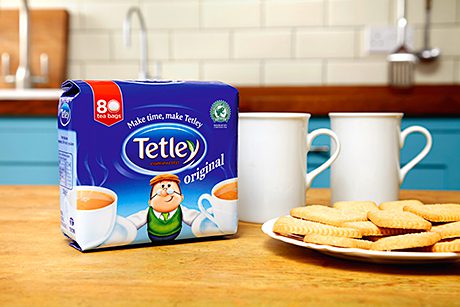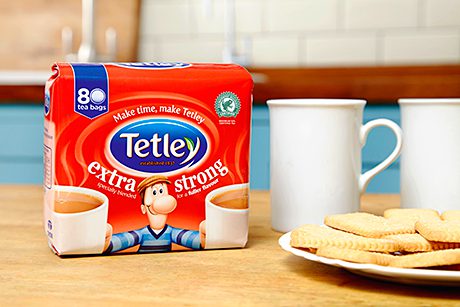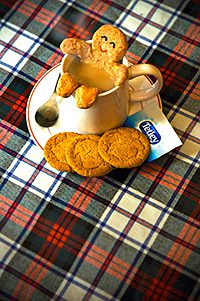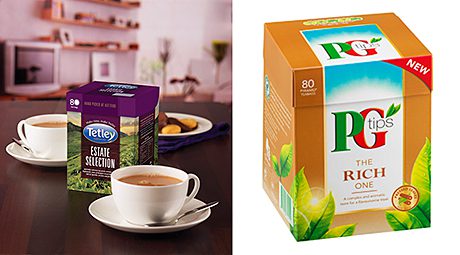Tea is still Scotland’s favourite hot drink, Black tea down while green and decaff grow


DESPITE the allure of coffee and the health benefits of water, the Brits remain a nation dedicated to tea. Only the Chinese, Indians and Irish drink more than we do. A third of all the liquid we consume is tea, while coffee makes up just 16%. Some 165 million cups are drunk across the UK every day.
The type of brew we favour is, however, changing. While black tea sales have fallen – it now makes up 79% of total sales according to IRI figures – there has been growth in decaffeinated, green tea and herbal varieties. But sales of redbush, the great hope of last year, are flat.
In response, brands are tempting customers to upgrade with specialist blends, or to fine tune the taste of their cuppa with specific varieties.
Scottish market leader Tetley’s new Estate Selection, for example, uses “orthodox” tea leaves, rolled into small particles rather than torn or crushed, mixed with premium Kenyan leaf tea. The process gives a brew which the company describes as “a robust flavoured tea with a slight malty taste balanced by a fresh floral sweetness.”
A carton of 80 bags has an RRP of £2.99.

“Part of our strategy is to develop teas that add value to the black tea market,” said Tetley’s Simon Attfield.
“Tea drinkers need something new to pique their interest. This new tea gives them the opportunity to upgrade to a luxurious high-grade tea without a massive leap in price.”
Other Tetley developments include Extra Strong, designed to deliver a powerful cuppa without added brewing time, and Tetley Easy Squeeze, which has a drawstring – to make it possible to extract every last drop of liquid without using a spoon.
Green tea is said to be showing a 7% year-on-year growth in Scotland. Tetley’s Blend of Both – a mixture of black and green teas – offers an option for those who want the health benefits but aren’t keen on the full-blown, green tea taste.
Decaffeinated tea is up 8.7% in Scotland. But c-stores are not, according to Tetley, making the most of it. It says AC Nielsen Scantrack shows convenience outlets account for just 1.9% of decaff tea sales.
Tea competitor Unilever, which owns PG Tips, reckons c-stores can do very well from tea but only if they pay close attention to the nature of their catchment area – as demands for different styles of tea are likely to vary considerably.
Unilever’s tea category director Adrian Adams said: “There’s a big opportunity for retailers to offer a range tailored to suit their location and shopper profile. In affluent areas, look to offer more choice, two or three more lines of fruit and herbal or green teas. In less affluent areas, focus more on the core best-selling normal teas. The multiples take this approach and it pays dividends in convenience too.”
While black tea accounts for almost four-fifths of the market, herbal and speciality teas offer scope for growth.
“Tea tastes have changed in recent years,” Tom Hazelden, from Unilever’s Partners for Growth, said. Many people have introduced fruit and herbal, speciality or green tea into their repertoire.”
But, on the other hand, many tea fans are very brand loyal, and will buy a larger pack of their preferred tea rather than take a chance on a smaller package of something different. According to Hazelden: “This presents an opportunity to encourage shoppers to trade up into bigger packs by offering a smaller range of best-selling brands in bigger packs rather than a wide variety of brands in smaller pack sizes.”

Images – Top, Tetley has added to its core brand by adding varieties such as Extra Strong, aimed at tea drinkers who want a powerful cuppa in a hurry. It sees its Estate Collection tea as offering a luxury upgrade at a reasonable price. Above, PG Tips – another brand that has extended its range.


















